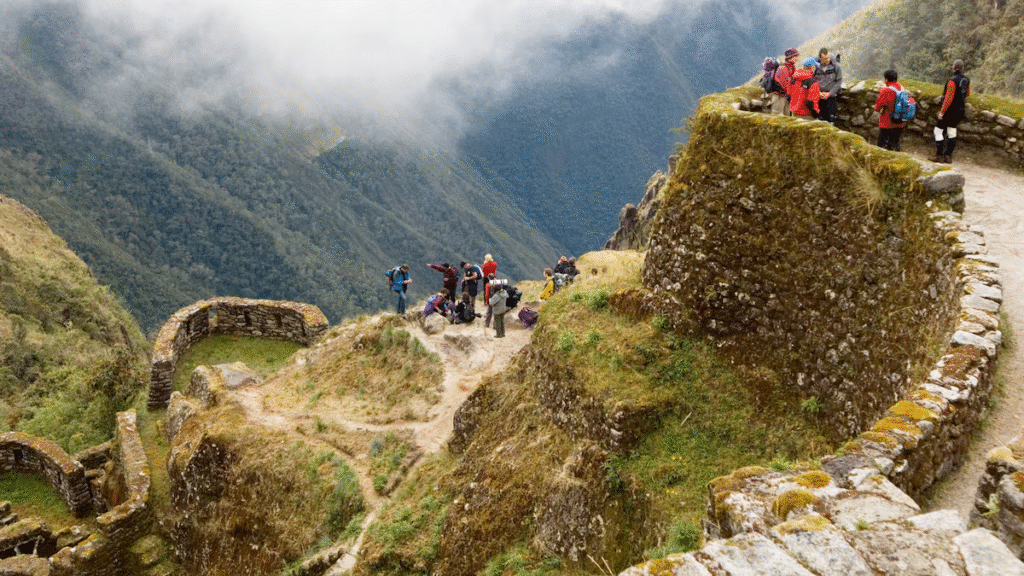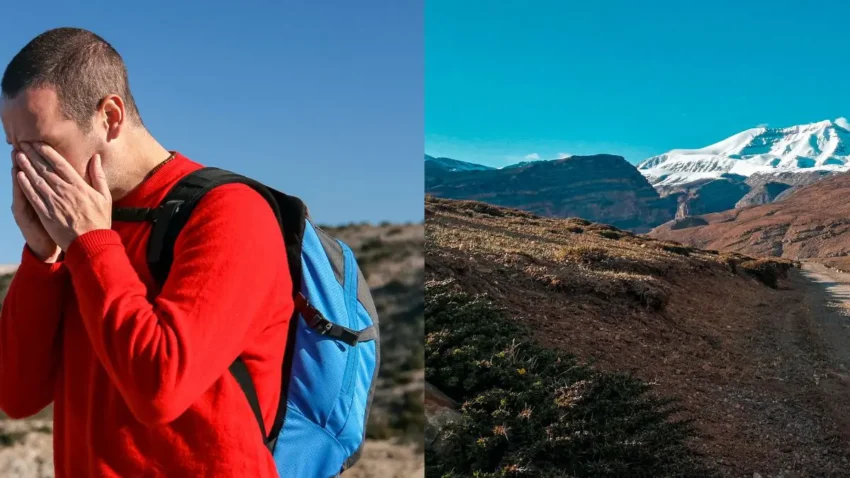You don’t have to trek up a mountain to feel the effects of high elevation. Plenty of beloved travel destinations sit at dizzying heights—like Cusco, Peru (11,152 feet) or Leh, India (11,550 feet). At these altitudes, the air holds less oxygen, leaving you breathless just walking up a street. (Check out these nine must-climb mountains in a lifetime.)
So, what’s actually happening to your body? “First, your breathing speeds up, which can make you feel short of breath,” explains Peter Hackett, director of the Institute for Altitude Medicine in Colorado. “Second, the blood vessels in your brain expand, allowing more blood—and oxygen—to flow. That’s what causes the pounding headache.”

Acute mountain sickness (AMS) brings symptoms like trouble sleeping, nausea, loss of appetite, and exhaustion. If you push higher and ignore your body’s warnings, you could develop HAPE (high-altitude pulmonary edema) or HACE (high-altitude cerebral edema), both of which are life-threatening.
That said, some of the planet’s most breathtaking views are found at high elevations. The secret to enjoying them? Take it slow. If possible, spread your ascent over two or three days, and follow these tips to stay comfortable at the top.
Helpful Tips for High Altitudes
Take it easy: For the first day or two, avoid overexertion. Light activity is fine, but give your body time to adjust.
Snack smart: Stick to smaller meals early on—your digestion gets sluggish at high elevations.
Stay hydrated: Drinking plenty of water helps prevent dehydration, which can mimic AMS symptoms.
Skip the bottled oxygen: Drugstore oxygen cans don’t contain enough to make a real difference.
Protect your skin: UV exposure increases by 5% every 1,000 feet. Wear sunglasses, a wide-brimmed hat, and sunscreen.
Limit alcohol: Booze slows your body’s breathing response to low oxygen. On your first night, stick to one beer or glass of wine.
Be cautious with kids: Babies under six weeks shouldn’t go—their circulatory systems aren’t ready for high altitudes. For children under four or five who might not communicate discomfort, ascend in stages.
Pack a high-altitude kit: Bring ibuprofen (for headaches), acetazolamide (Diamox) to speed acclimatization, easy-to-digest carbs (like gummy bears or energy bars), sun protection, and a water bottle.
